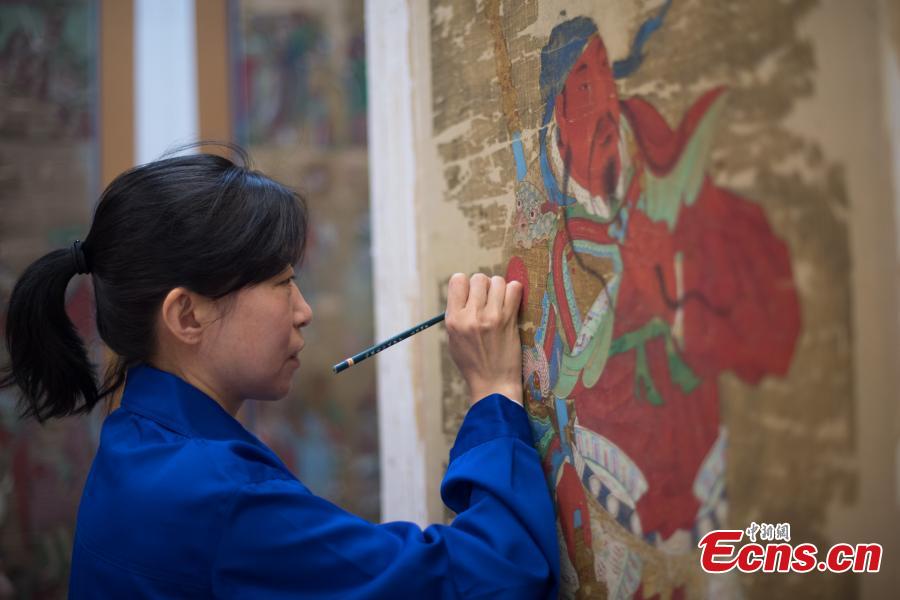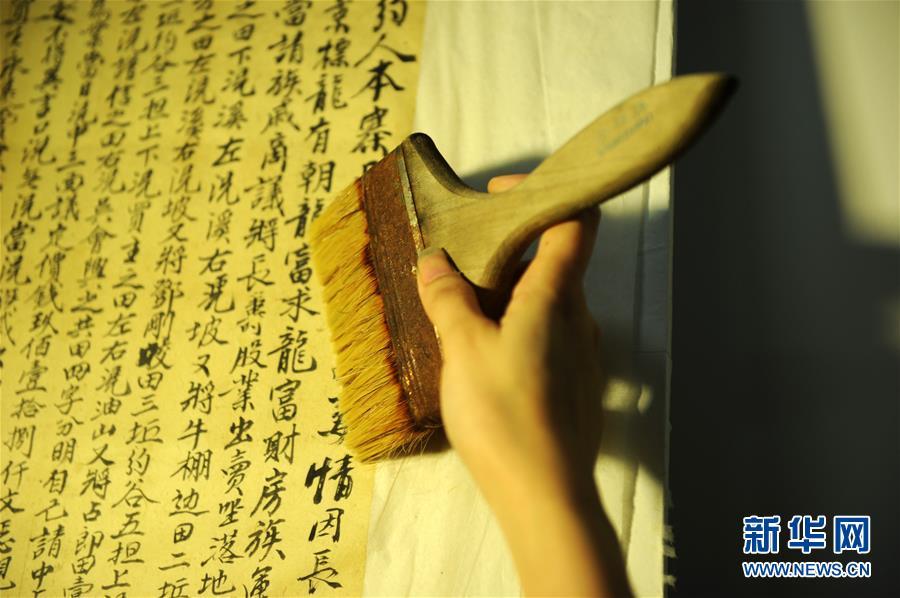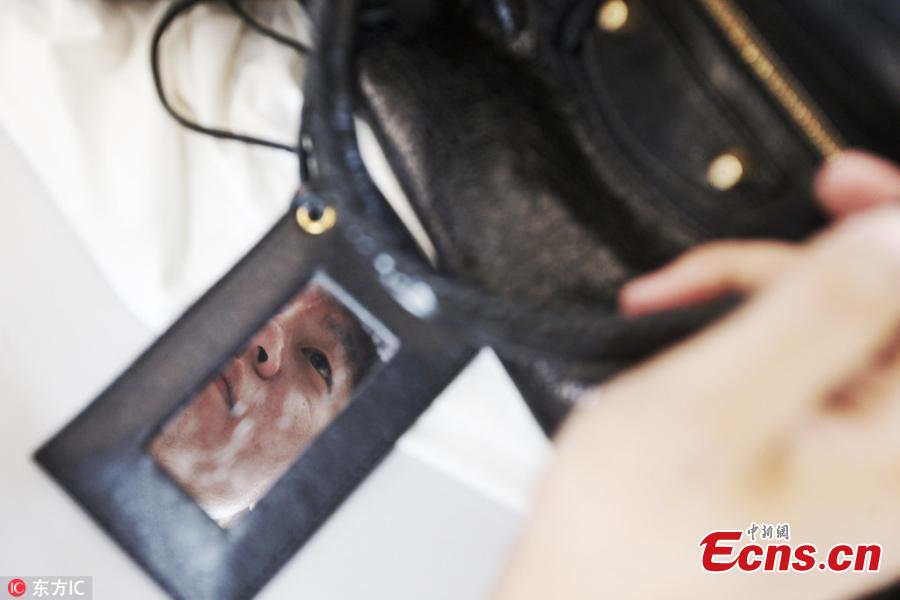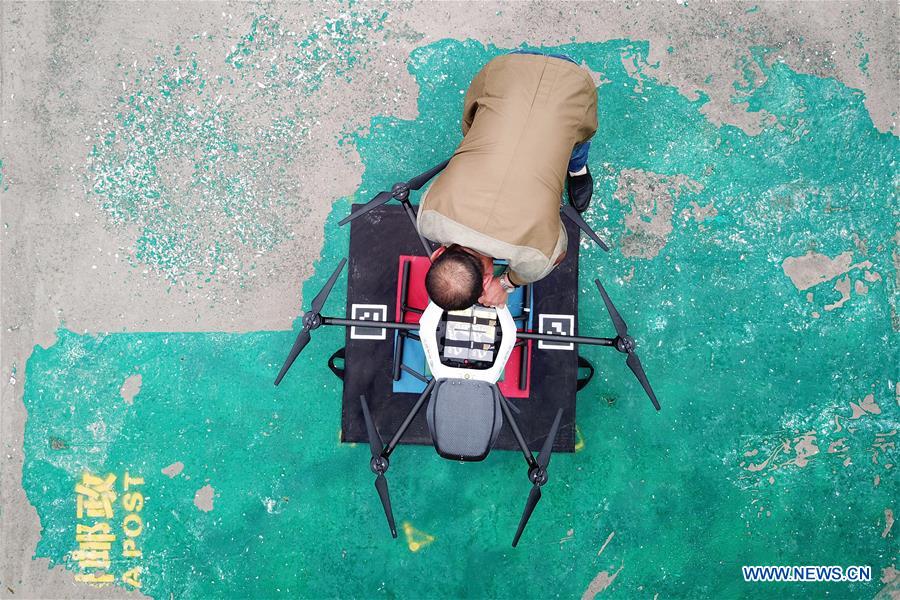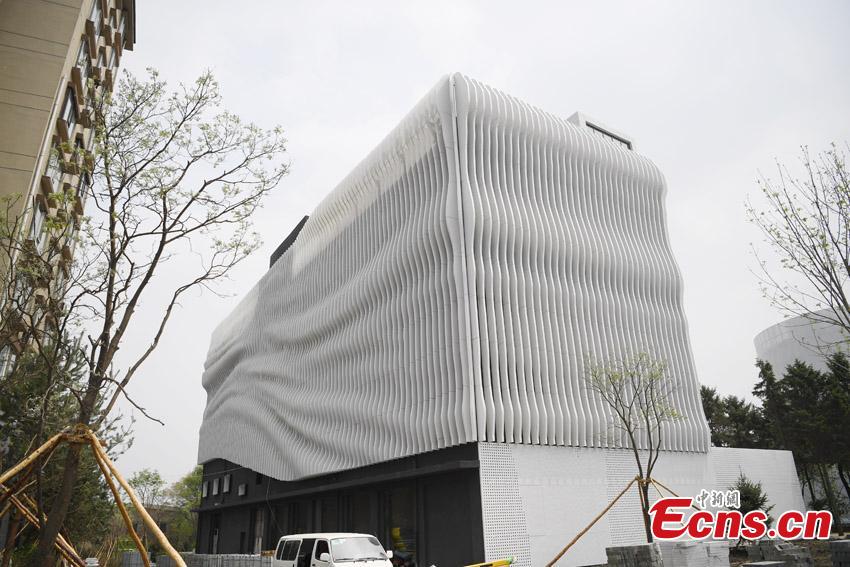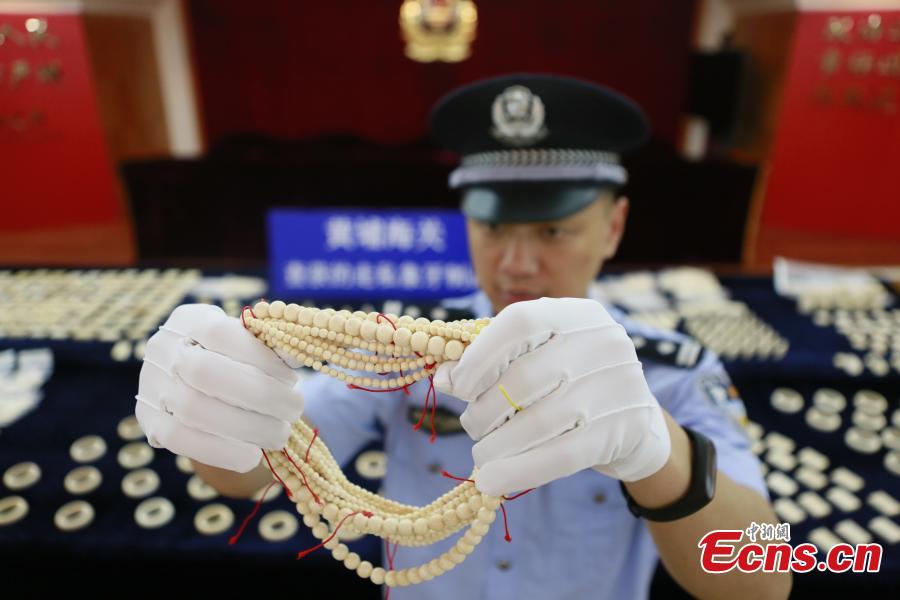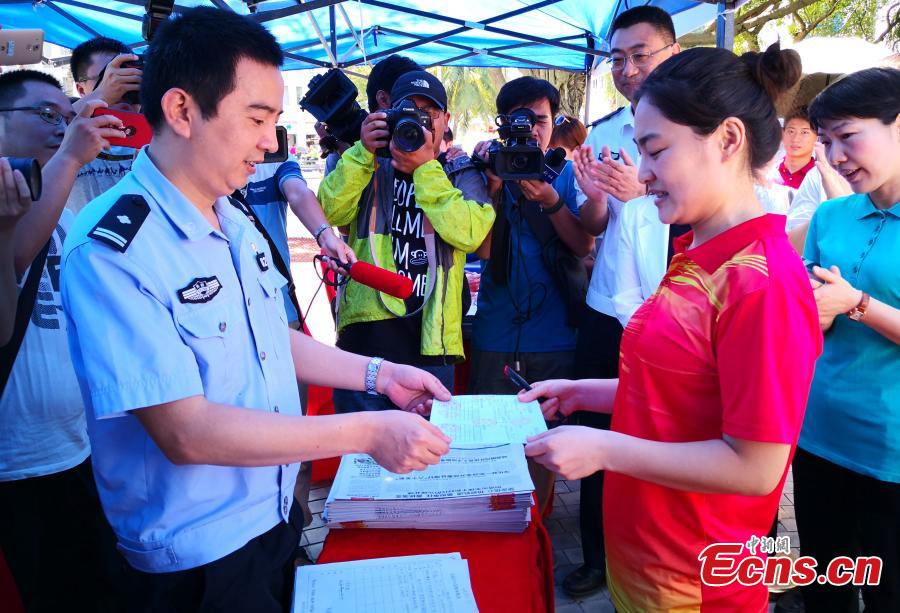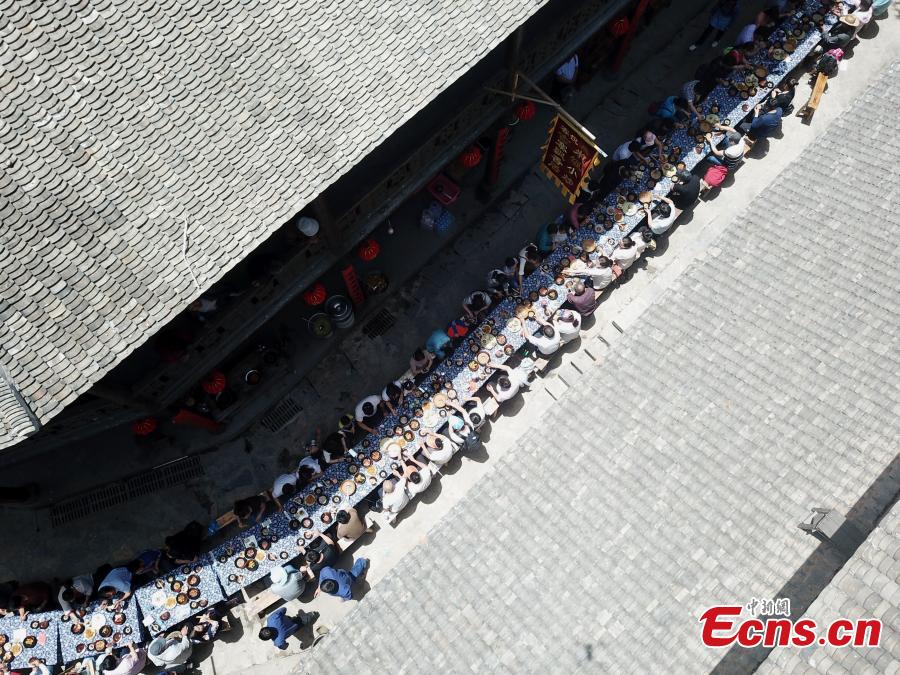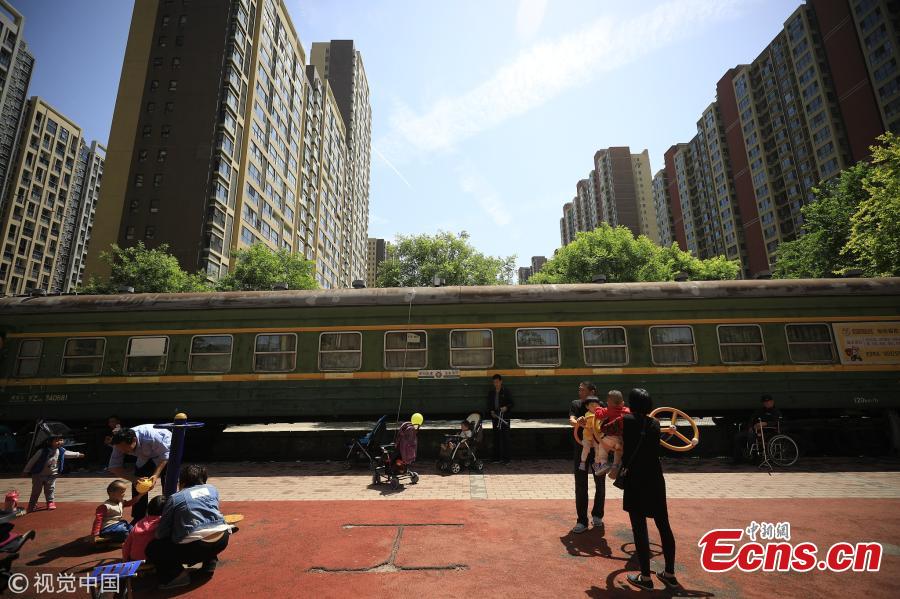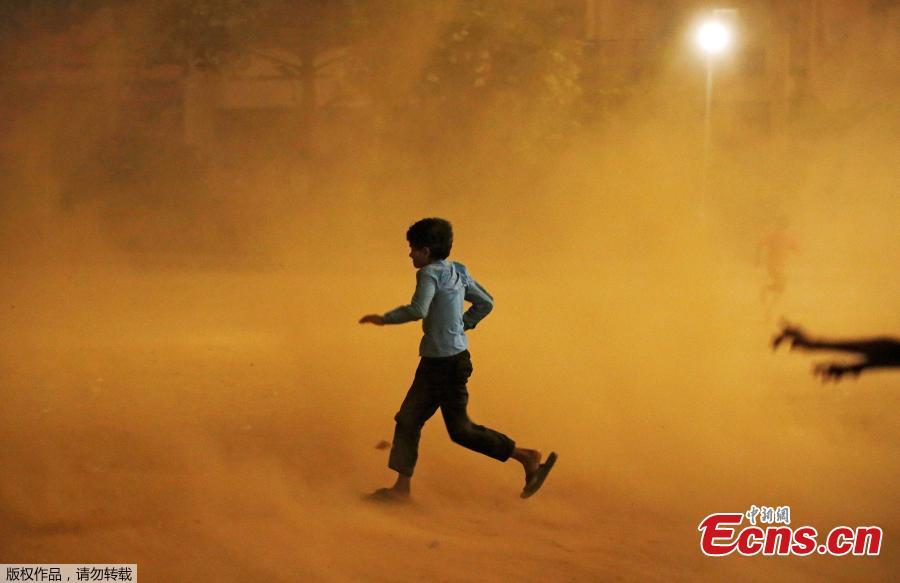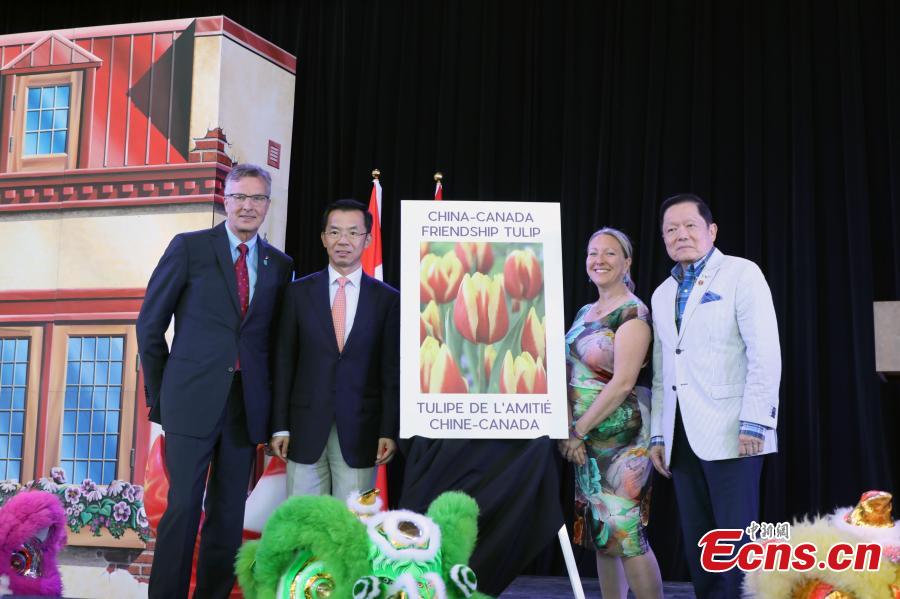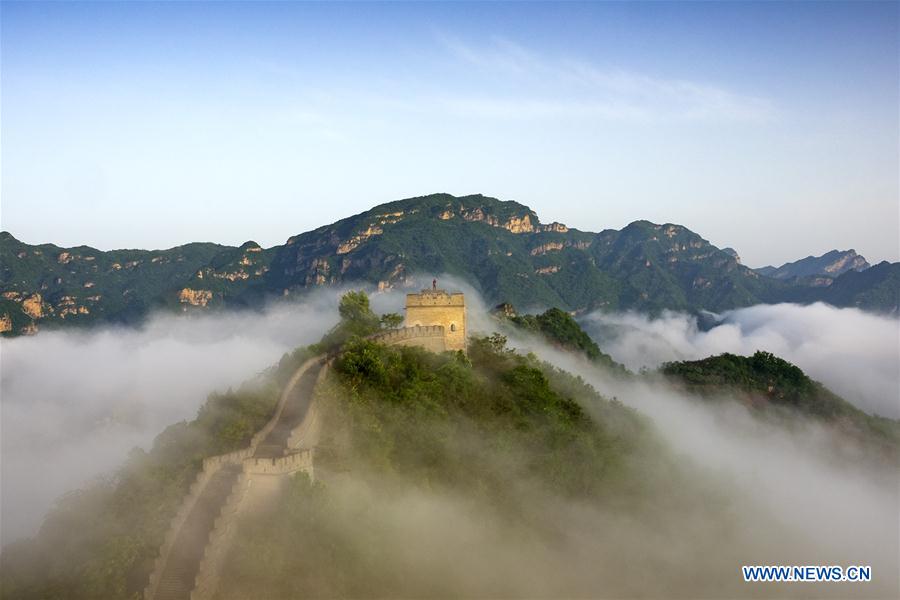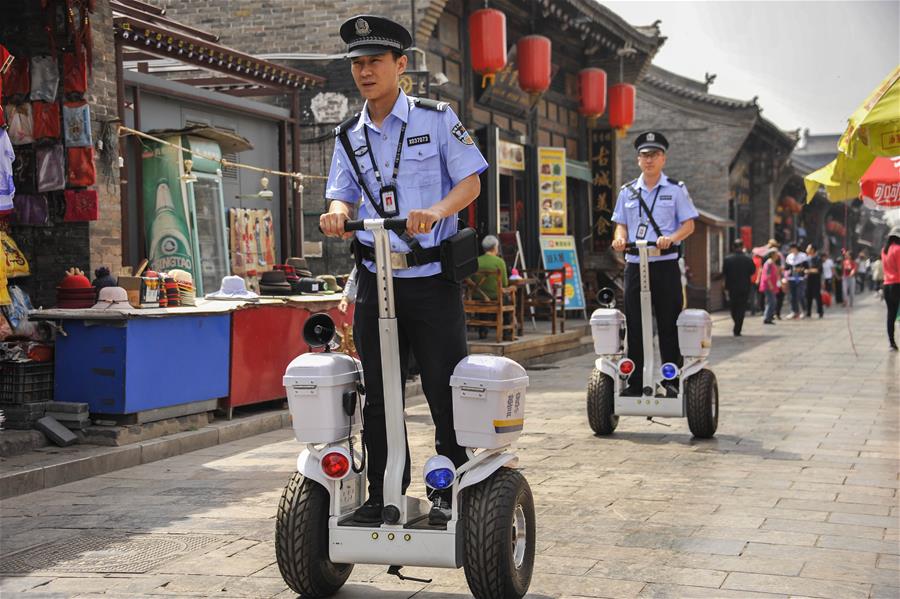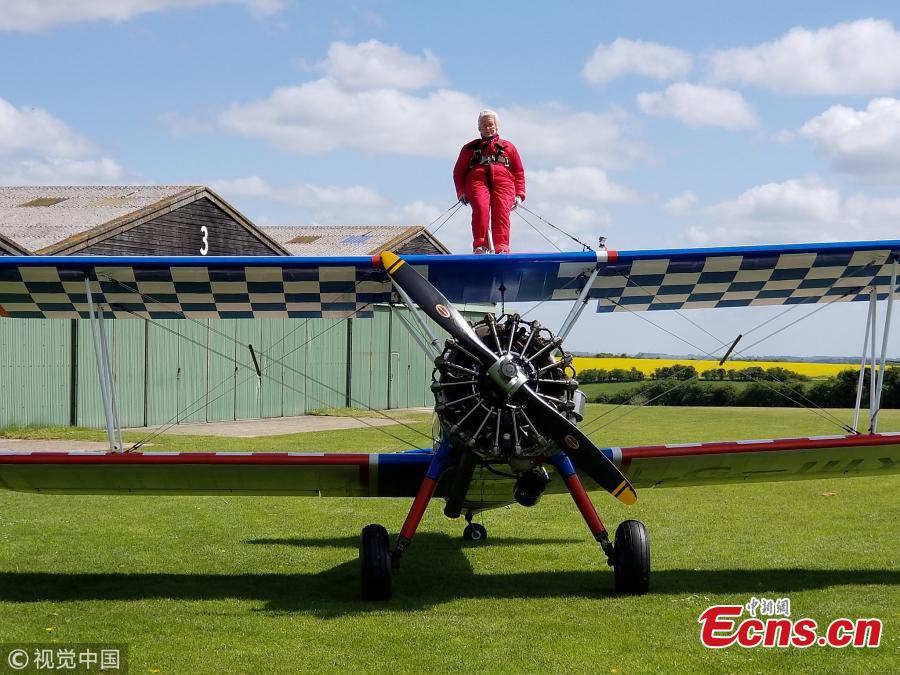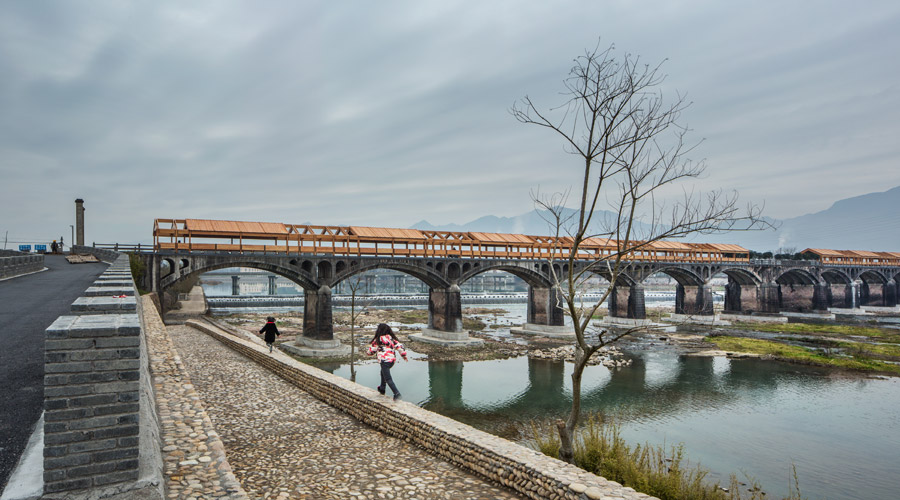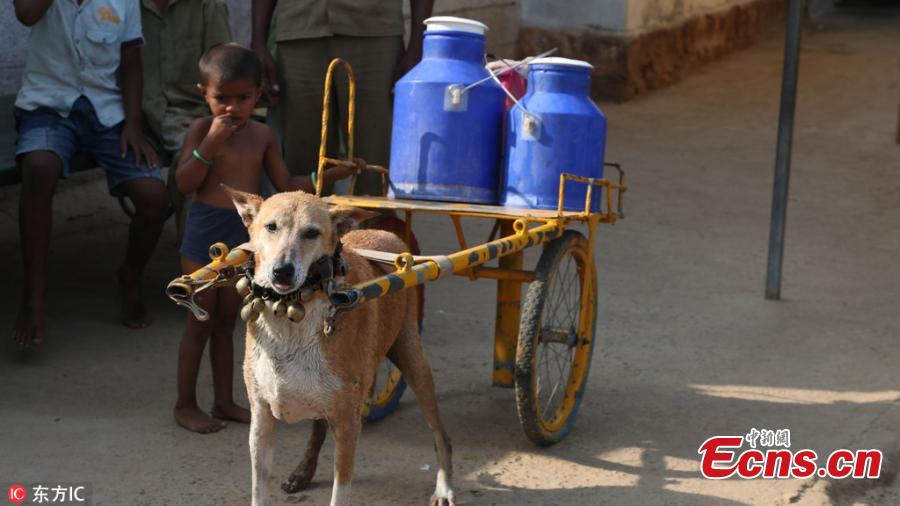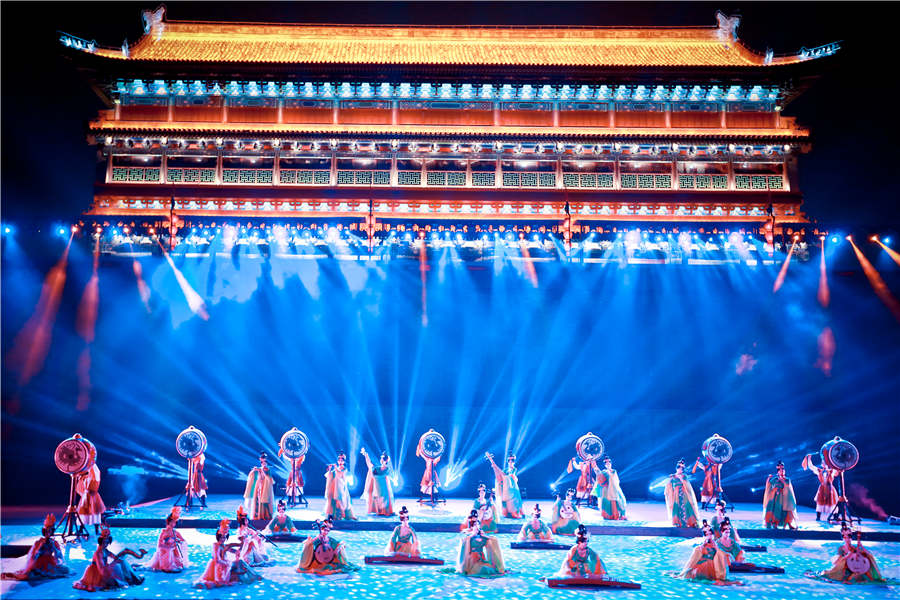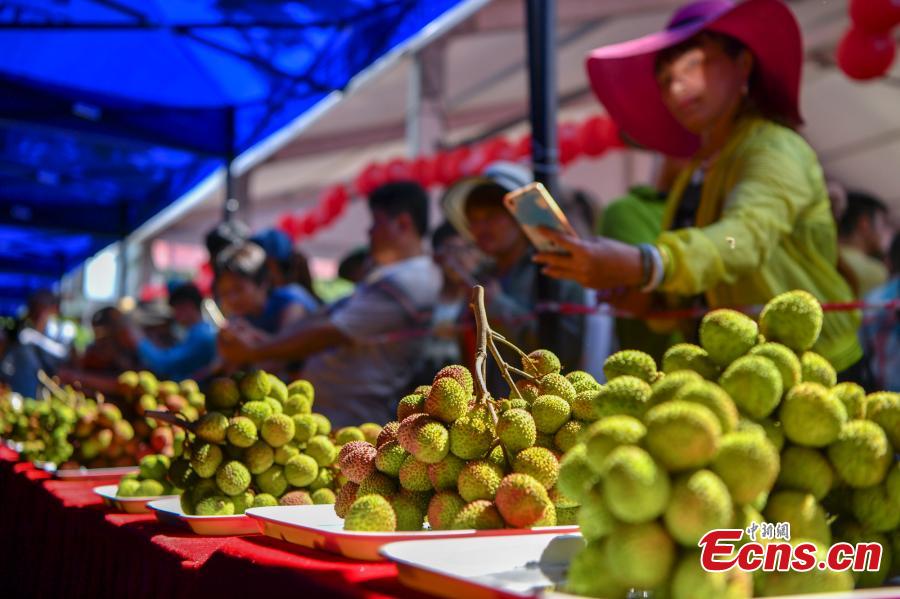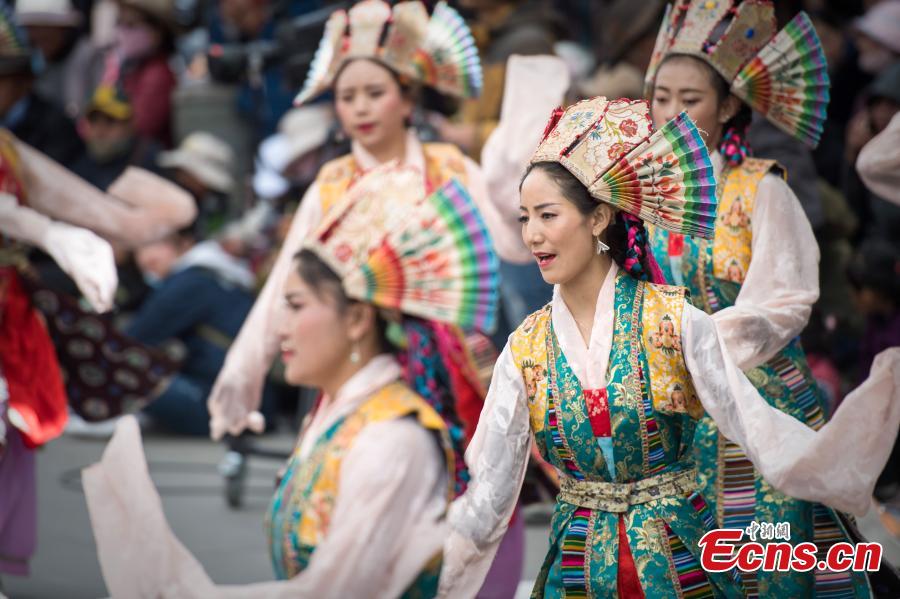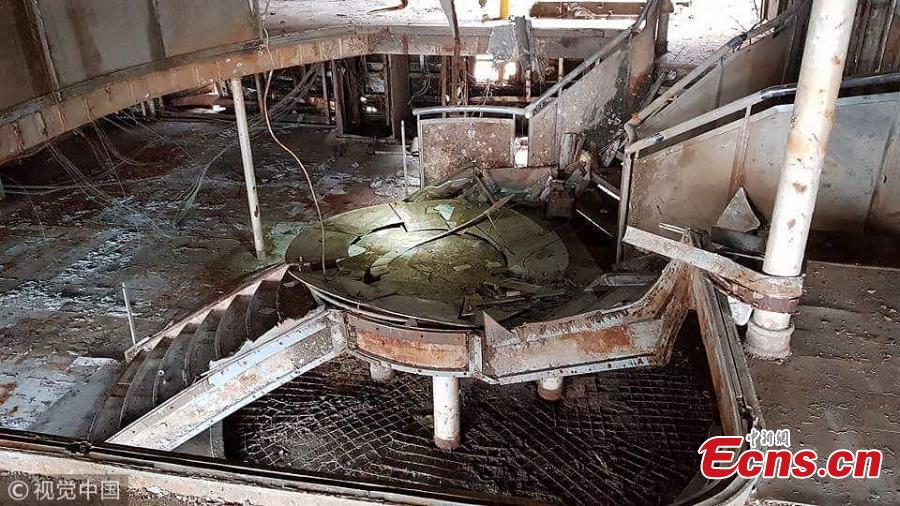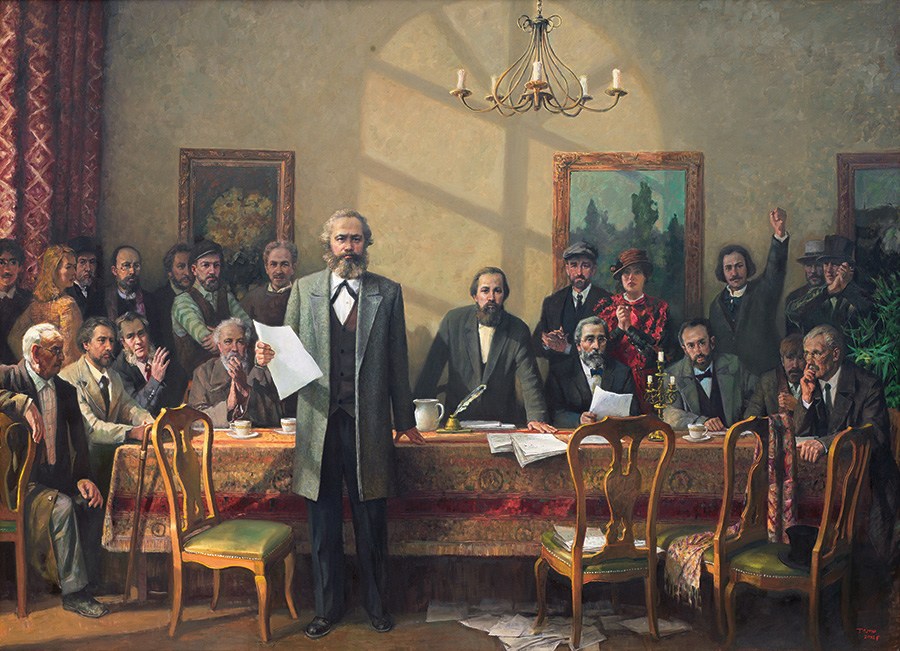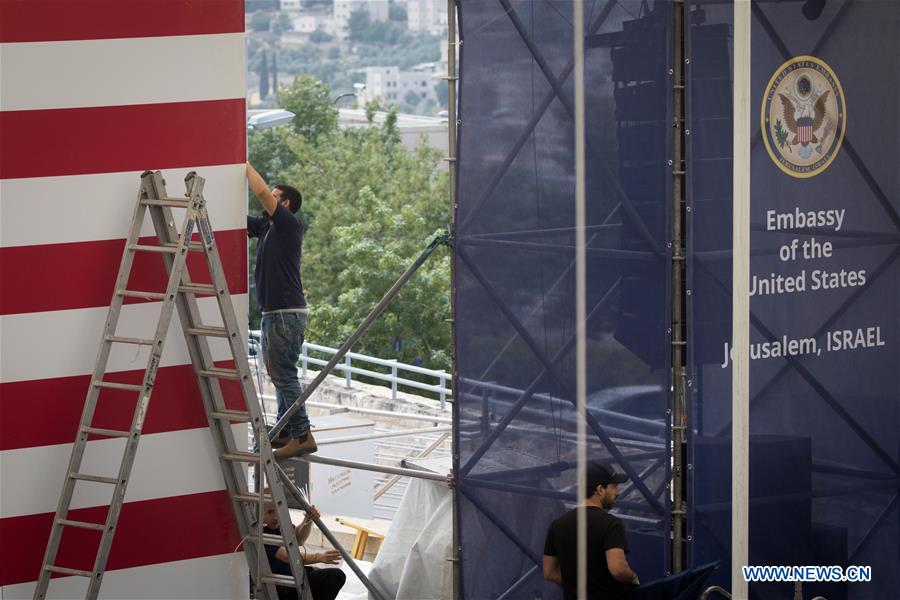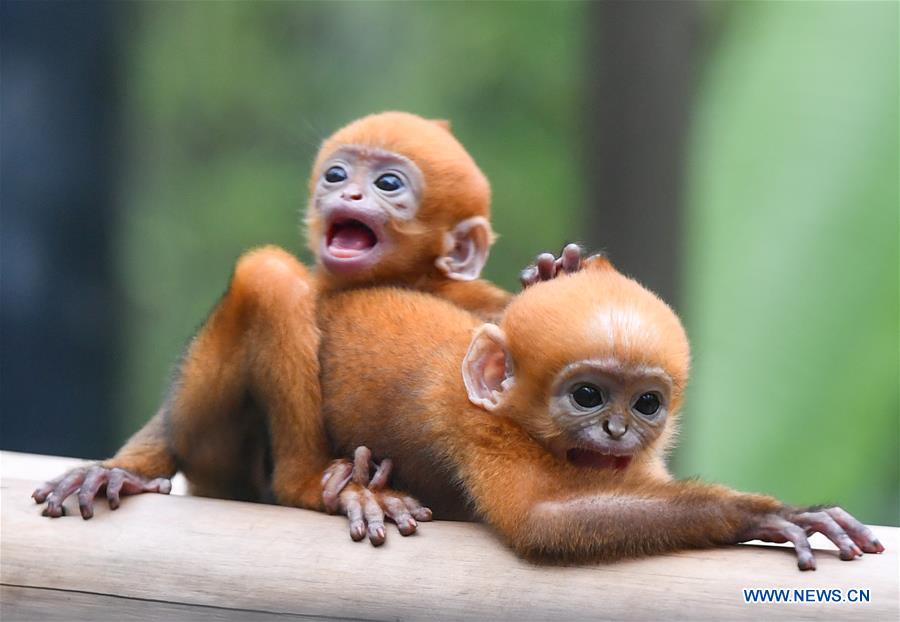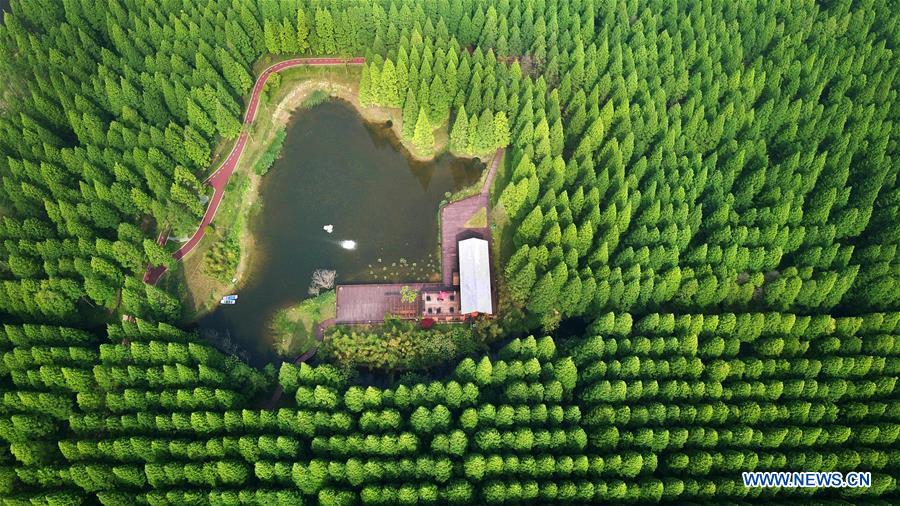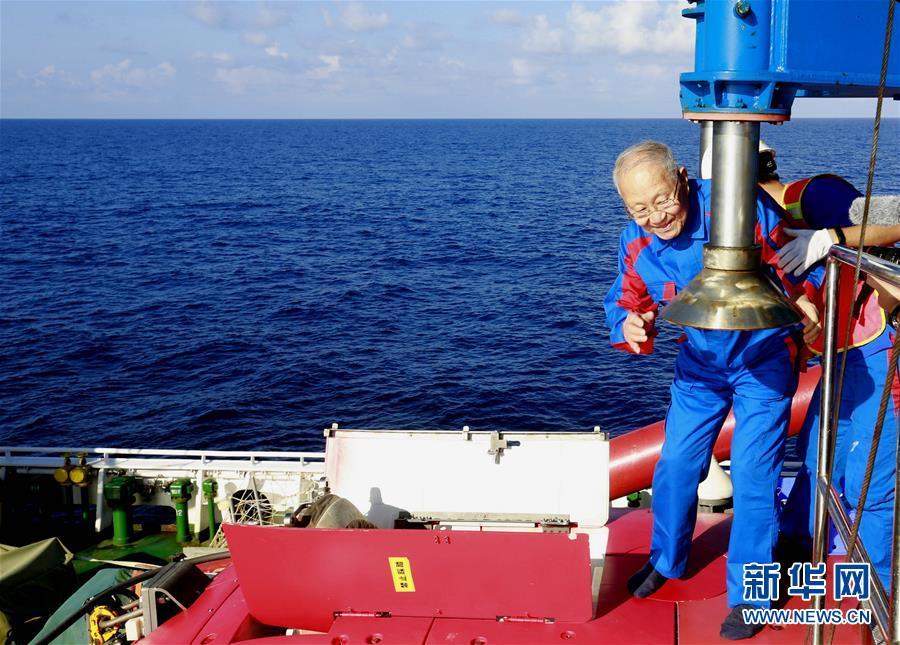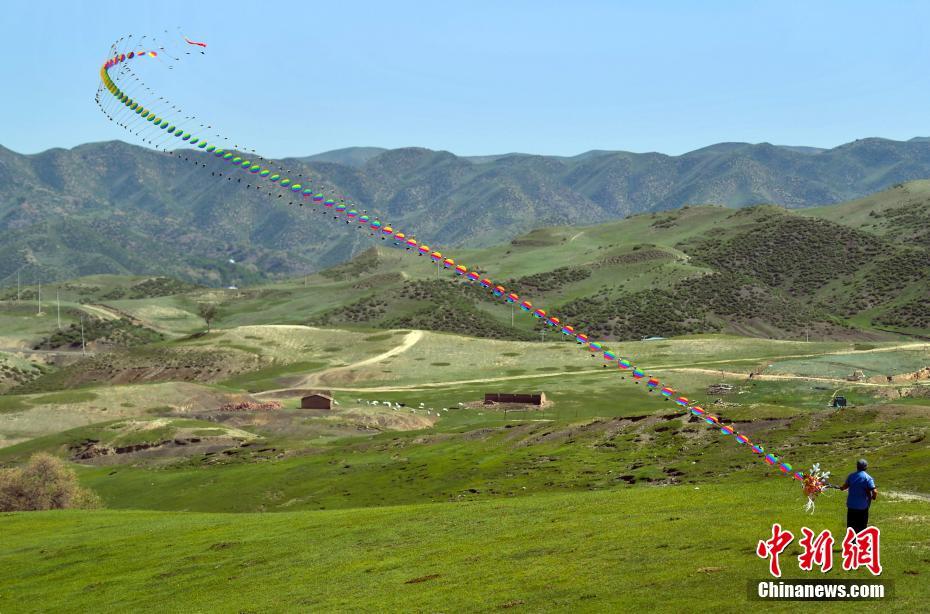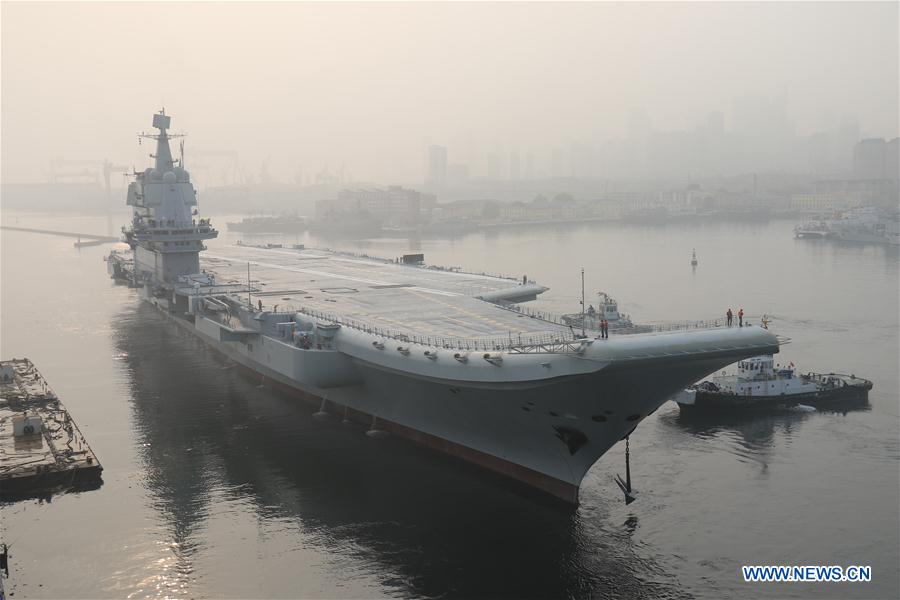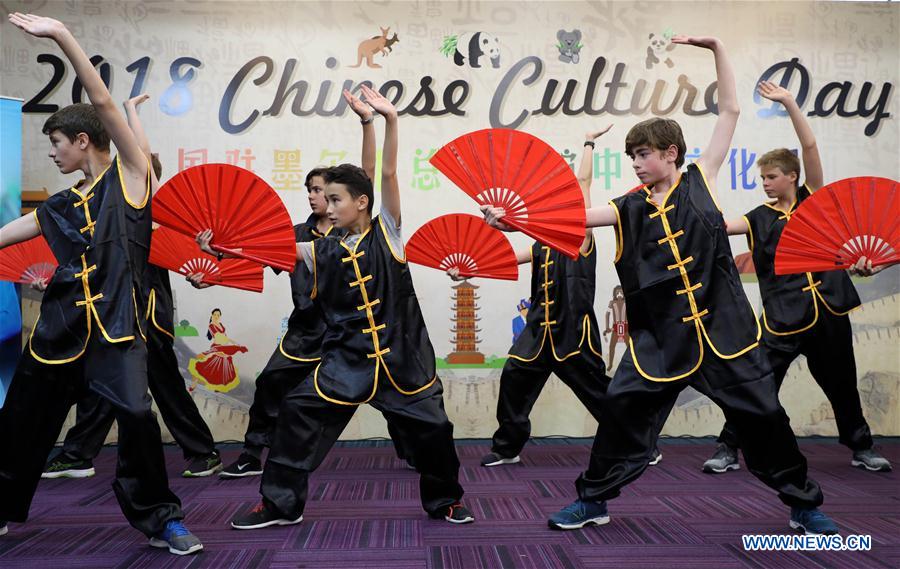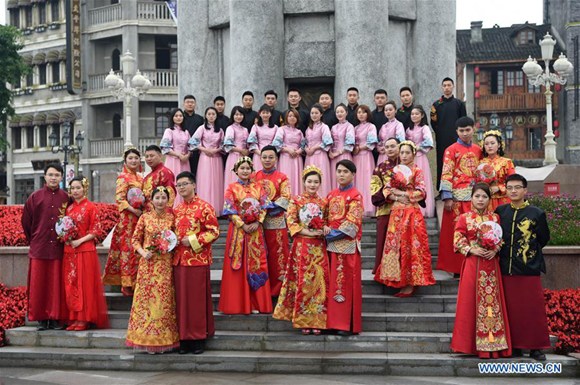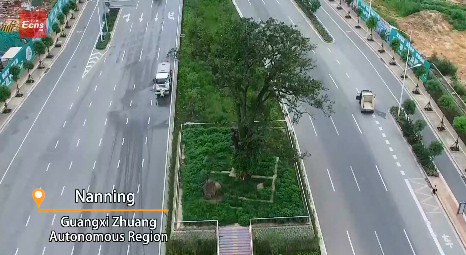High-tech is driving new growth for the traditional Chinese culture industry as it strives to transform amid an upgrade in consumer demand.
Shenzhen-based culture and tourism giant OCT Group said it plans to acquire a number of cultural theme parks across the country worth 100 billion yuan ($15.8 billion) within the next three years, further activating the entertainment market by introducing virtual reality and other modern technologies into the projects.
It is also promoting the use of high-tech in other cultural projects, with a focus on the Guangdong-Hong Kong-Macao Greater Bay Area.
"Application of new technologies is vital for developing traditional culture," said Hu Meilin, general manager of OCT Culture Group, a subsidiary of OCT Group.
Gankeng New Town, a traditional Hakka town in eastern Shenzhen, has seen its visitors surge 10-fold since its official opening two years ago. During the seven-day National Day holiday last year, the number of visitors topped 230,000, growing 35 percent year-on-year.
One of the major contributors to the rapid growth is the integration of VR technology, Hu pointed out.
"Business potential for developing a traditional town is limited at the current time. Only new technology can give it a big boost," Hu noted, adding that the company has generated nearly 100 million yuan in revenue from the use of VR technology.
He added that the company will export the model to Belt and Road economies to help them better protect their traditional cultures while achieving economic growth.
Lu Pengqi, deputy head of the China Council For the Promotion of International Trade, said the nation's cultural enterprises are becoming increasingly active in exploring Belt and Road markets.
Last year, the total value of exports and imports of cultural products and services from the Chinese mainland grew 11.1 percent year-on-year to $126.51 billion, according to official statistics.
The total value of exports and imports for Belt and Road economies rose a stronger 18.5 percent to $17.62 billion.









